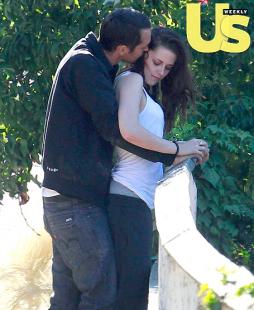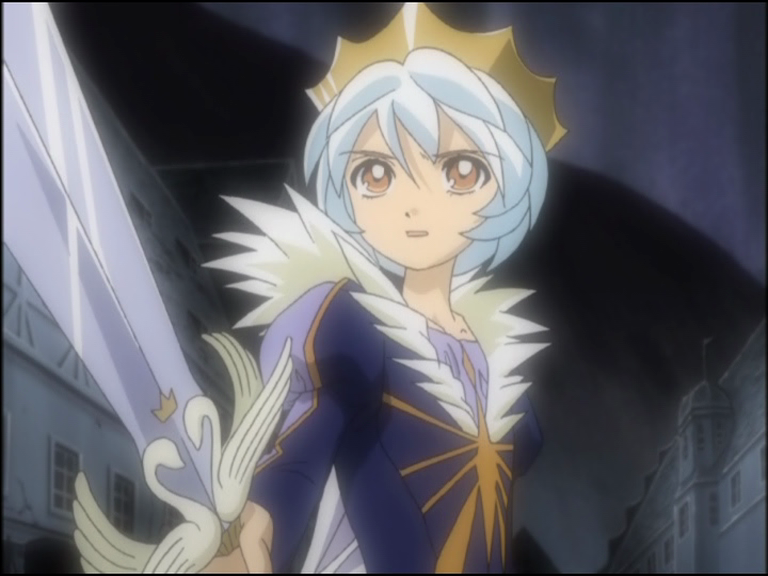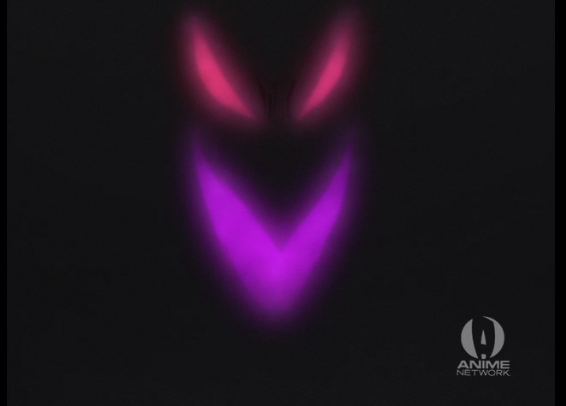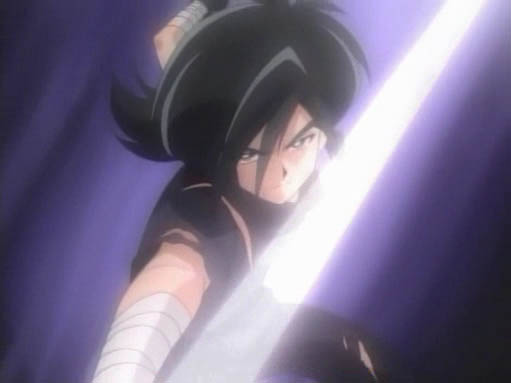I am not friends with Kristen Stewart, but I am hearing alot about her latest scandal. Every single person is chiming in with their own opinions. The publicists doing damage control, anonymous "sources", body language experts, and Kristen Stewart herself. But ridiculous rumours are normal in Hollywood, especially cheating allegations. So what caused this frenzy?
Answer: Paparazzi
Although cheating is pretty normal among us common people, but when it involves celebrities we're immediately captivated. And one of the people that fuels this fascination is obviously, the paparazzi. The word originated from a Frederico Fellini film called La Dolce Vita. It's an Italian term which describes an annoying noise, much similar to a buzzing mosquito. The culture came into prominence during the 70s. It was popularised by Ron Galella, dubbed as "the Godfather of the U.S paparazzi culture" by Time Magazine and Vanity Fair.
Galella (right) with Marlon Brando
During his prime, he was often involved in several legal battles against his famous subjects. The most widely known was the Galella v. Onassis trial, where Galella argued that Onassis was infringing upon his rights to free speech. It ended in Onassis winning the injunction and Galella was issued a restraining order.
Back in the day, paparazzi were regarded as annoying and invasive. Nowadays, they are seen as annoying but useful. The modern day publicist will use them to his/her client's advantage. A staged photo-op of an actress out on a date with her co-star will elevate interest in the movie, and raise the actress's profile. This co-dependant relationship is simple. The paparazzi get their money, the celebrities get the recognition. Hollywood is an extremely competitive environment where everyone is disposable. Publicity stunts are just another way to ensure that the public won't forget you when you're gone.
My perverse curiousity and others like myself are continuing the cyle between the supplier (paparazzi), middlemen (entertainment mediums), and client (yours truly). Galella's impact on the media is astounding. TMZ started as a celebrity news site and now it's one of the most successful businesses on the Internet. Despite their method in obtaining the information, TMZ is regarded as a credible source within the industry. Like it or not, they work in a market where their skills are high in demand. In spite of the controversies regarding their conduct, have you realized how different popular culture would be without the existence of the paparazzi?









